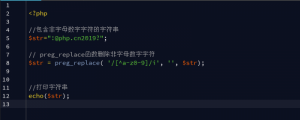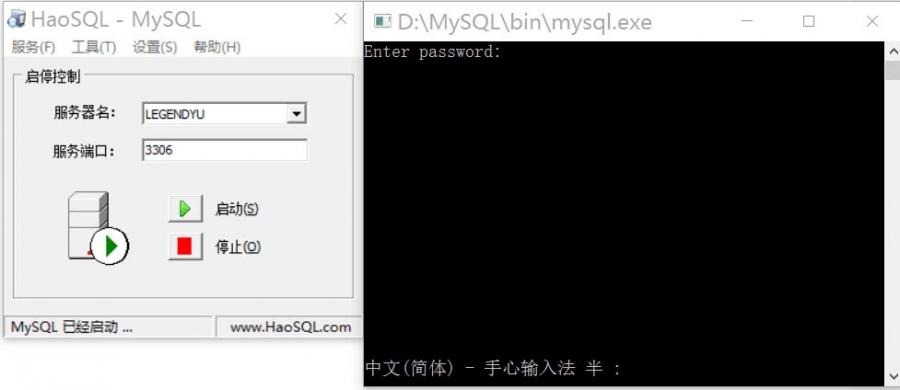—HashMap—
优点:超级快速的查询速度,时间复杂度可以达到O(1)的数据结构非HashMap莫属。动态的可变长存储数据(相对于数组而言)。
缺点:需要额外计算一次hash值,如果处理不当会占用额外的空间。
平时我们使用hashmap如下
|
1
2
3
|
Map<Integer,String> maps=new HashMap<Integer,String>(); maps.put(1, "a"); maps.put(2, "b"); |
上面代码新建了一个HashMap并且插入了两个数据,这里不接受基本数据类型来做K,V
如果这么写的话,就会出问题了:
|
1
|
Map<int,double> maps=new HashMap<int,double>(); |
我们为什么要这样使用呢?请看源码:
|
1
2
3
|
public class HashMap<K,V> extends AbstractMap<K,V> implements Map<K,V>, Cloneable, Serializable |
这是HashMap实现类的定义。
—HashMap是一个动态变长的数据结构—
在使用HashMap的时候,为了提高执行效率,我们往往会设置HashMap初始化容量:
|
1
|
Map<String,String> rm=new HashMap<String,String>(2) |
或者使用guava的工具类Maps,可以很方便的创建一个集合,并且,带上合适的大小初始化值。
|
1
|
Map<String, Object> map = Maps.newHashMapWithExpectedSize(7); |
那么为什么要这样使用呢?我们来看他们的源码构造函数。
未带参的构造函数:
|
1
2
3
4
5
6
|
public HashMap() { this.loadFactor = DEFAULT_LOAD_FACTOR; threshold = (int)(DEFAULT_INITIAL_CAPACITY * DEFAULT_LOAD_FACTOR); table = new Entry[DEFAULT_INITIAL_CAPACITY]; init(); } |
public HashMap() {
this.loadFactor = DEFAULT_LOAD_FACTOR;
threshold = (int)(DEFAULT_INITIAL_CAPACITY * DEFAULT_LOAD_FACTOR);
table = new Entry[DEFAULT_INITIAL_CAPACITY];
init();
}
|
1
2
3
4
5
6
7
8
9
10
|
/** * Constructs an empty <tt>HashMap</tt> with the specified initial * capacity and the default load factor (0.75). * * @param initialCapacity the initial capacity. * @throws IllegalArgumentException if the initial capacity is negative. */ public HashMap(int initialCapacity) { this(initialCapacity, DEFAULT_LOAD_FACTOR); } |
名词解释:
|
1
2
3
|
DEFAULT_LOAD_FACTOR //默认加载因子,如果不制定的话是0.75 DEFAULT_INITIAL_CAPACITY //默认初始化容量,默认是16 threshold //阈(yu)值 根据加载因子和初始化容量计算得出 ,<span style="color: rgb(54, 46, 43); font-family: "microsoft yahei";">threshold表示当HashMap的size大于threshold时会执行resize操作。 |
因此我们知道了,如果我们调用无参数的构造方法的话,我们将得到一个16容量的数组。
所以问题就来了:如果初始容量不够怎么办?
数组是定长的,如何用一个定长的数据来表示一个不定长的数据呢,答案就是找一个更长的,但是在resize的时候是很降低效率的。所以我们建议HashMap的初始化的时候要给一个靠谱的容量大小。
—HashMap的Put方法—
|
1
2
3
4
5
6
7
8
9
10
11
12
13
14
15
16
17
18
19
|
public V put(K key, V value) { if (key == null) //键为空的情况,HashMap和HashTable的一个区别 return putForNullKey(value); int hash = hash(key.hashCode()); //根据键的hashCode算出hash值 int i = indexFor(hash, table.length); //根据hash值算出究竟该放入哪个数组下标中 for (Entry<K,V> e = table[i]; e != null; e = e.next) {//整个for循环实现了如果存在K那么就替换V Object k; if (e.hash == hash && ((k = e.key) == key || key.equals(k))) { V oldValue = e.value; e.value = value; return oldValue; } } modCount++;//计数器 addEntry(hash, key, value, i); //添加到数组中 return null; } |
如果插入的数据超过现有容量就会执行
|
1
|
addEntry(hash, key, value, i); |
|
1
2
3
4
5
6
|
void addEntry(int hash, K key, V value, int bucketIndex) { Entry<K,V> e = table[bucketIndex]; table[bucketIndex] = new Entry<K,V>(hash, key, value, e); if (size++ >= threshold) <span style="color:#ff0000;"><strong> resize(2 * table.length);} |
这里显示了如果当前 size++ >threshold 的话那么就会扩展当前的size的两倍,执行resize(2*table.length),那么他们是如何扩展的呢?
|
1
2
3
4
5
6
7
8
9
10
11
12
13
|
void resize(int newCapacity) { Entry[] oldTable = table; int oldCapacity = oldTable.length; if (oldCapacity == MAXIMUM_CAPACITY) { threshold = Integer.MAX_VALUE; return; } Entry[] newTable = new Entry[newCapacity]; <span style="color: rgb(51, 51, 51); font-family: Arial;">new 一个新的数组,</span> <strong> <span style="color:#ff0000;">transfer(newTable);</span> </strong> //将就数组转移到新的数组中 table = newTable; threshold = (int)(newCapacity * loadFactor); //重新计算容量 } |
对于转移数组transfer是如何转移的呢?
|
1
2
3
4
5
6
7
8
9
10
11
12
13
14
15
16
17
|
void transfer(Entry[] newTable) { Entry[] src = table; int newCapacity = newTable.length; for (int j = 0; j < src.length; j++) { Entry<K,V> e = src[j]; if (e != null) { src[j] = null; do { Entry<K,V> next = e.next; int i = <strong><span style="color:#ff0000;">indexFor(e.hash, newCapacity); //根据hash值个容量重新计算下标</span></strong> e.next = newTable[i]; newTable[i] = e; e = next; } while (e != null); } } } |
—hashmap扩容额外执行次数—
因此如果我们要添加一个1000个元素的hashMap,如果我们用默认值那么我么需要额外的计算多少次呢
当大于16*0.75=12的时候,需要从新计算12次
当大于16*2*0.75=24的时候,需要额外计算24次
……
当大于16*n*0.75=768的时候,需要额外计算768次
所以我们总共在扩充过程中额外计算12+24+48+……+768次
因此强力建议我们在项目中如果知道范围的情况下,我们应该手动指定初始大小像这样:
|
1
|
Map<Integer,String> maps=new HashMap<Integer,String>(1000); |
总结:这就是为什么当hashmap使用过程中如果超出 初始容量后他的执行效率严重下降的原因。
联系信息:邮箱aoxolcom@163.com或见网站底部。















请登录后发表评论
注册
社交帐号登录